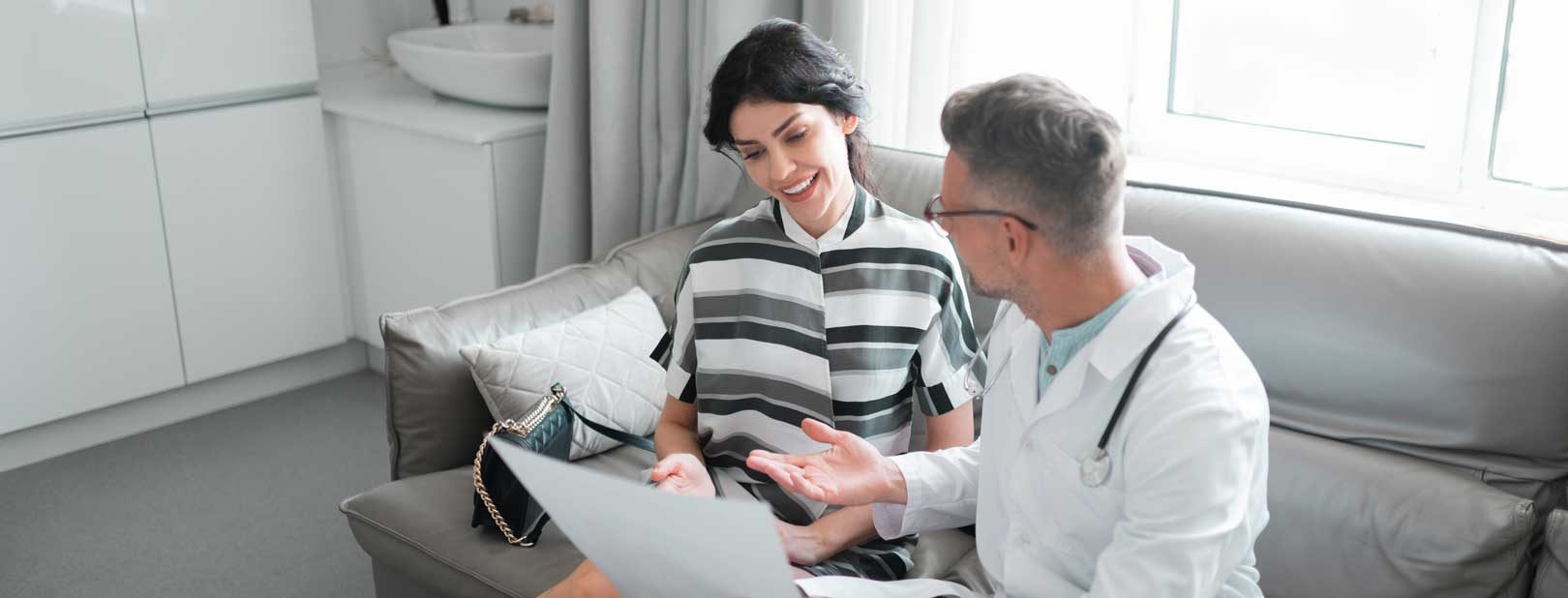Please follow this link.
The Aspire Difference
Integrative medicine at Aspire is health care that puts you first. Rather than simply treat and manage your symptoms, our approach to wellness seeks to restore your health from the inside out, utilizing evidence-based holistic medicine to nourish your cells and support a well-functioning body system. Our experts take the time to address the underlying cause of your problems and craft a personalized treatment plan tailored to your exact needs, delivering a wide range of benefits to help you look and feel your best. Whether used alone or as part of a wellness program, our therapeutic services are flexible enough to fit into your current health care plan and can provide better treatment outcomes by encouraging healing on a deeper level.
Personalized Treatments
At Aspire, we offer evidence-based therapies and wellness services to optimize your health and improve bodily functioning. Normally, your tissues, organs and cells work in harmony to keep you healthy, but these systems can be damaged by aging, disease or injury. The result is a number of unpleasant symptoms that may include chronic fatigue, insomnia, pain, inflammation and poor mental health. Integrative medicine can treat the root cause of these and other symptoms by repairing lost organ or tissue function with personalized therapies that include:
- Acupuncture
- Custom herbal supplements
- Bioidentical hormone replacement therapy (BHRT)
- Low dose naltrexone
- Comprehensive lab work
- Micronutrient testing
- Naturopathic consultation
Aspire’s team of medical and scientific experts collaborate to provide you with evidence-based treatments designed to optimize your health. We stay current with the latest breakthroughs in medicine and offer proven holistic therapies. Our integrative approach to health care has made us one of the most trusted providers of integrative medicine in the San Diego and La Jolla area, and we look forward to helping you see the difference that our research-based wellness services can make in your life today.
Services Provided
Our Comprehensive List of Services Tailored
to your Needs
Customized services. Integrative treatments. Personalized results.
Get a Free Consult with the Doctor
5060 Shoreham Place, Suite 100
San Diego, CA 92122
At Aspire Regenerative we appreciate your individual needs and make your health our top priority. Our experts spend time understanding your health history, goals and potential. We are visionaries that have reinvented medical care by incorporating the principles of patient centered care with time honored medical techniques and cutting edge research. At Aspire, you get in-depth expertise and medical collaboration uniquely combined to achieve results and address your health concerns.
Meet our featured expert
Dr. Brian Lamoreux
Dr. Brian Lamoreux is a licensed naturopathic doctor and associate professional clinical counselor in the state of California specializing in mental health, gastrointestinal health, hyperbaric oxygen therapy (HBOT), and bioidentical hormone replacement therapy.
Dr. Lamoreux is passionate about providing individualized holistic healthcare, and working closely with patients to empower them to achieve their goals. He believes in the importance of the mind-body connection in attaining the best possible health outcomes. He practices an integrative approach to healthcare, employing evidence-based applications of botanical medicines and nutrients, including IV therapy, as well as diet and lifestyle changes, in addition to conventional therapies.





